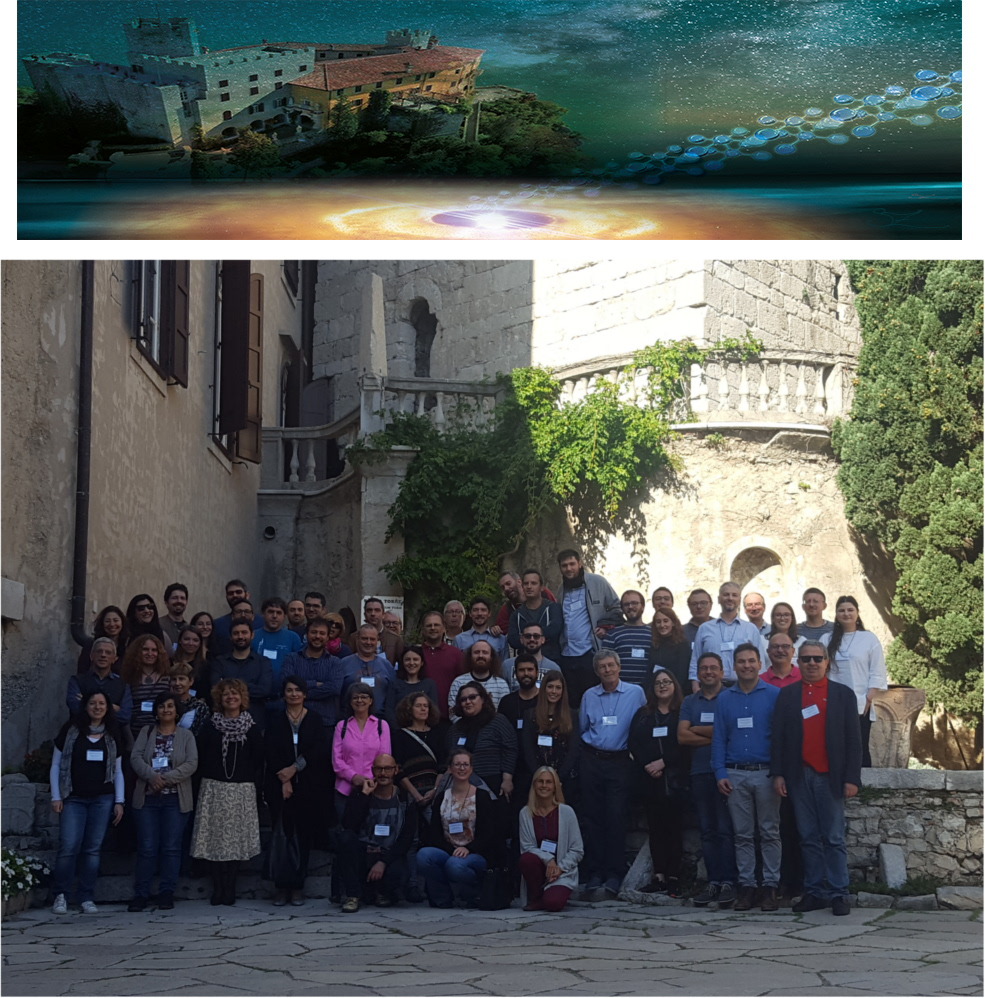Two decades of discoveries have revealed in exquisite details the frequency and size of planets around other stars. And yet, their true nature and ability to support life still eludes our understanding. Solving the puzzle requires measuring the physical and chemical properties of exoplanet atmospheres, and enhancing our sensitivity to target temperate rocky planets.
High-resolution...
The ARIEL mission will be devoted to the observation of a large sample of (transiting) exo-planets with the goal to understand the properties of their atmospheres. Chemical composition, clouds, temperature profile, atmospheric circulation and the impact of stellar environment, among others, will be studied.
The observed sample will include gas giants, Neptunes, super-Earths and Earth-size...
Small ($R_{\rm p} < 3~R_\oplus$) exoplanets show an astonishing diversity in composition ranging from volatile-dominated to rocky Earth-like or iron-rich (Mercury-like) compositions. We have significantly contributed to unveil this diversity with the HARPS-N/GTO radial-velocity program aiming to measure accurate and precise masses/densities of Kepler, K2 and TESS small planets, which in turn...
I will present results obtained within the GAPS 2.0 long term programme for atmospheric characterization of hot giant planets using the Telescopio Nazionale Galileo (TNG) in the simultaneous GIARPS (GIANO-B + HARPS-N) observing mode. I will focus in particular on our ongoing efforts to probe exoplanetary atmospheres through transmission and emission spectroscopy using the visible light...
I will present results obtained within the GAPS 2.0 long term programme for atmospheric characterization of hot giant planets using the Telescopio Nazionale Galileo (TNG) in the simultaneous GIARPS (GIANO-B + HARPS-N) observing mode. I will focus in particular on our ongoing efforts to probe both the lower and the upper exoplanetary atmospheres using the near-infrared (0.95-2.45 \mu m) arm of...
I will present new results obtained using the high-resolution ESPRESSO spectrograph by the GTO program for atmospheric characterization of exoplanets.
In particular, I will focus on the detection of atomic/molecular species and on their non-homogeneous distribution among the planetary surface.
The combination of the ESPRESSO performances with the VLT collecting area is opening a new window on...
The role of the host star's metallicity in planet formation has been largely discussed in the framework of the so-called gas-giant/planet metallicity correlation. However, previous works are mainly focused on particular kinds of stars or planets. In this contribution we aim to put together all the pieces of the planet formation puzzle by analysing in the most homogeneous possible way a...
In recent years a large number of studies have been devoted to chemically characterise open clusters, and stellar populations in general, in our Galaxy
and beyond (see e.g., the large spectroscopic surveys Gaia-ESO, GALAH, APOGEE, to name a fews). However, all these investigations focus on intermediate-age or old cluster (at least 600 Myr) and the chemical content of the very young population...
The quantification of Planetary Habitability in terms of a number of Habitability indexes has been a main focus of many research efforts in the last decades. Those indexes have been correlated to variables such as the amount of insolation, the dry atmospheric pressure at ground, the chemical composition of atmosphere, etc. Often such studies do not give a direct relation between Habitability...

